Understanding Architectural Drawings A Guide For Non Architects
An architectural drawing, whether drawn by hand or produced digitally, is a technical drawing that visually communicates the design of a building. Architects and designers alike generate these architectural drawings whilst developing an architectural proposal.

Every great drawing tells a story. It invites the user to question the design of the built space and encourages them to imagine between the lines. Such drawings are architecture in their own right. Creating perfect architectural drawings, a plan, perspective, or sketch, is not an easy task. There are a series of moves to be mindful of to illustrate your story with precision and enticement. It's important to consider how various elements like colors, texture, and scales help shape the way an architectural drawing is perceived.
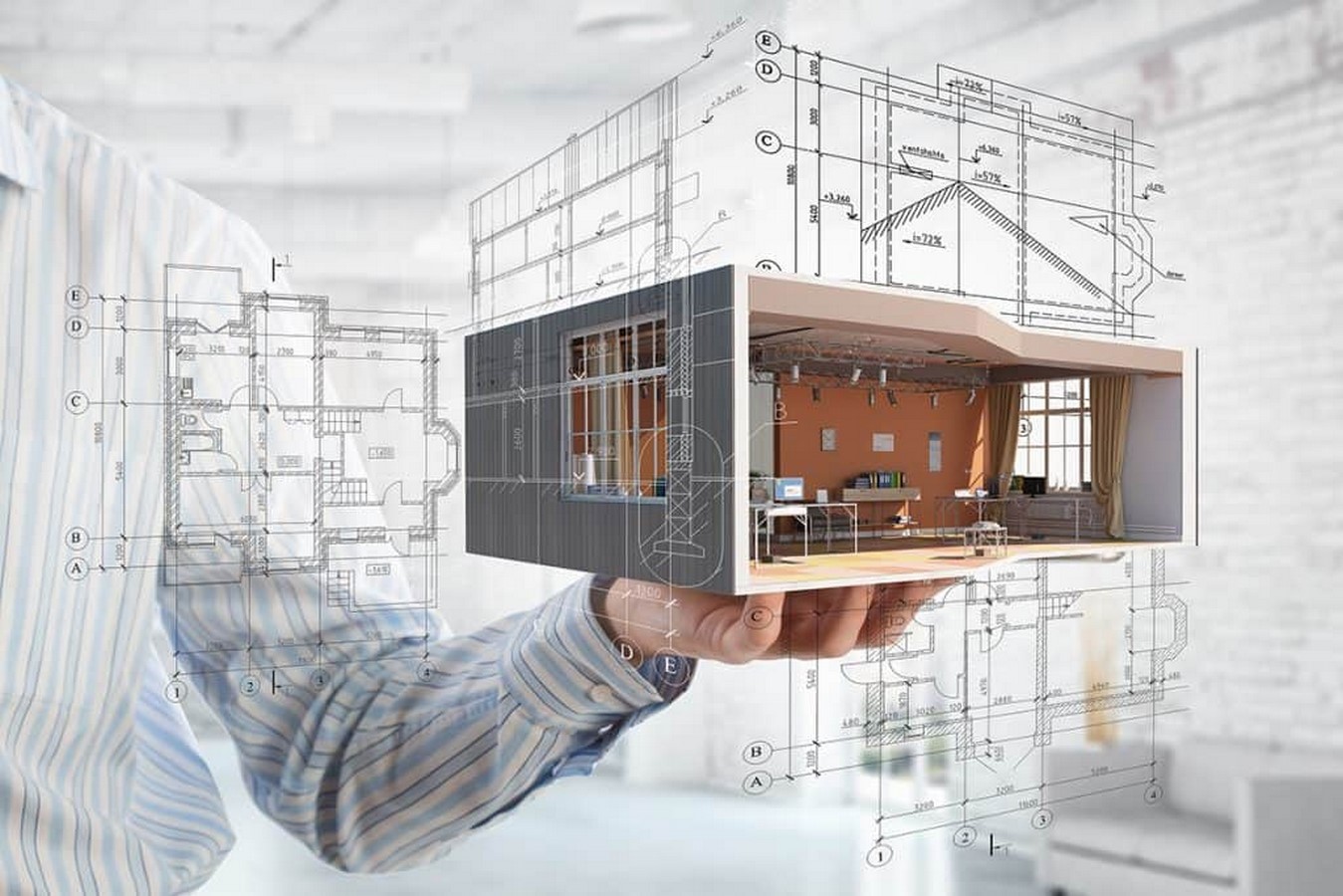
Many of you, be it students or professionals, face the dilemma of how to create the perfect drawing from time to time. Consequently, here is a self-help guide to assist you in producing a powerful and compelling architectural drawing.

1. Use Diverse Line Styles & Line Weights | Architectural Drawings
Lines are the most expressive aspect of an architectural drawing. They are used to define, outline, describe, and capture attention. But if every line looks the same, the legibility and perception of the drawing will get compromised. To tackle this predicament, employ a distinct variety of line styles and line weights to distinguish depth and emphasize critical parts of the drawing.

For instance, thick bold lines can help identify the sectional walls in a drawing, while the thinner lines can represent window glazing. Additionally, dashed lines can be used to depict hidden or invisible components such as beams. The techniques to improve the comprehensibility of the drawing using assorted line weights, style, hand movements, and the way the line is programmed are infinite.
2. Apply Apt Textures, Hatches & Colors
The texture is the essence of an architectural drawing. It adds depth to any object and gives life to the drawing. Ordinarily used to represent a material's quality, textures can be added to any surface permitting them to appear soft or hard, near or far.

It is important to employ the right texture, hatch, or solid color with appropriate opacity to convey the movement or pattern in the drawing. For example, a wall can be defined by a different texture than the flooring and the contrast helps make every element decipherable. When used innovatively, textures can be the fundamental source of telling a story in the drawing.
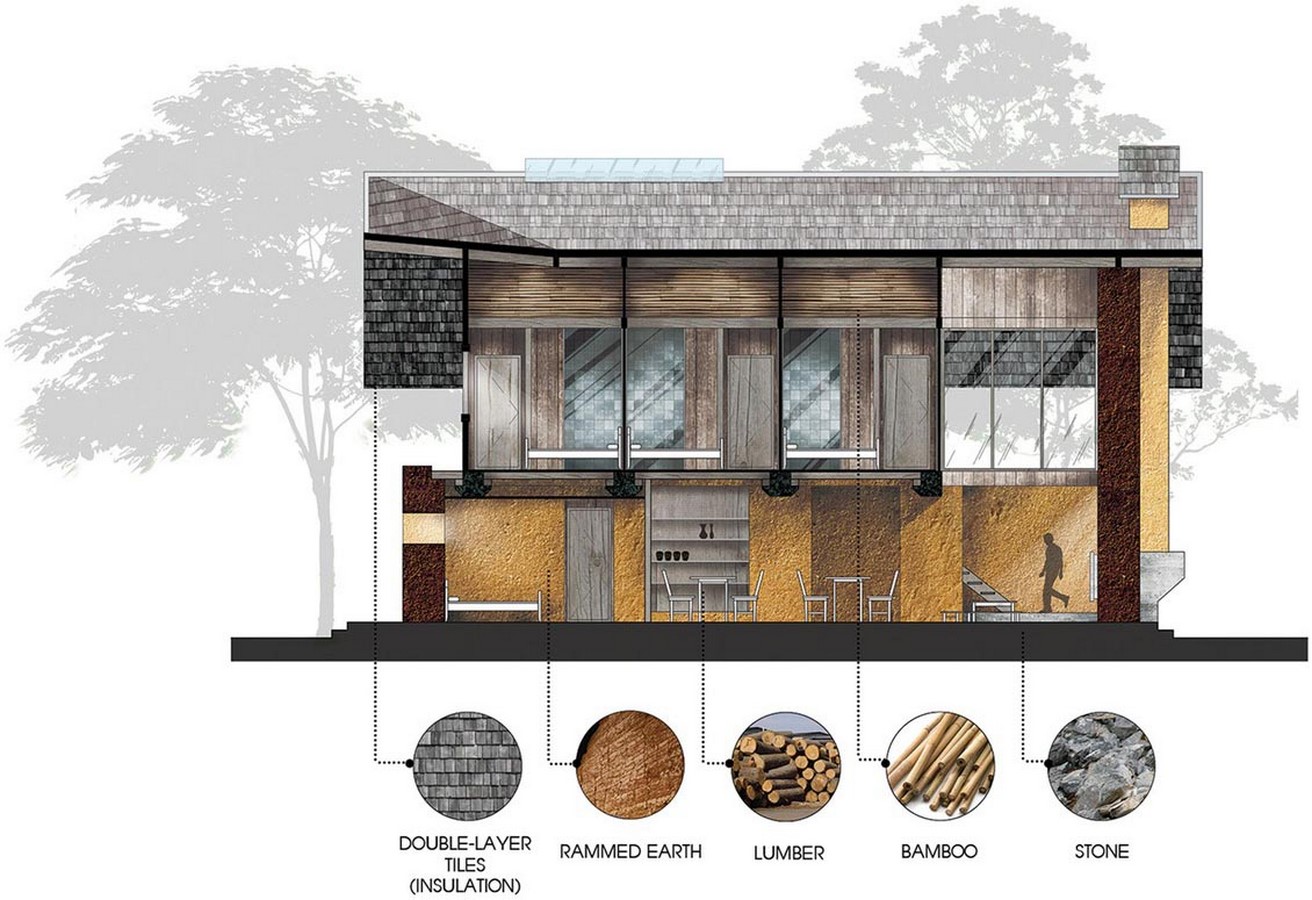
3. Determine Scale of the Drawing
One of the preeminent considerations while designing a building is how it will translate in the real world. This is where determining the right scale of the drawing factors. A scaled drawing assigns each object the same scale in proportion to reality helping one understand how each element would appear.
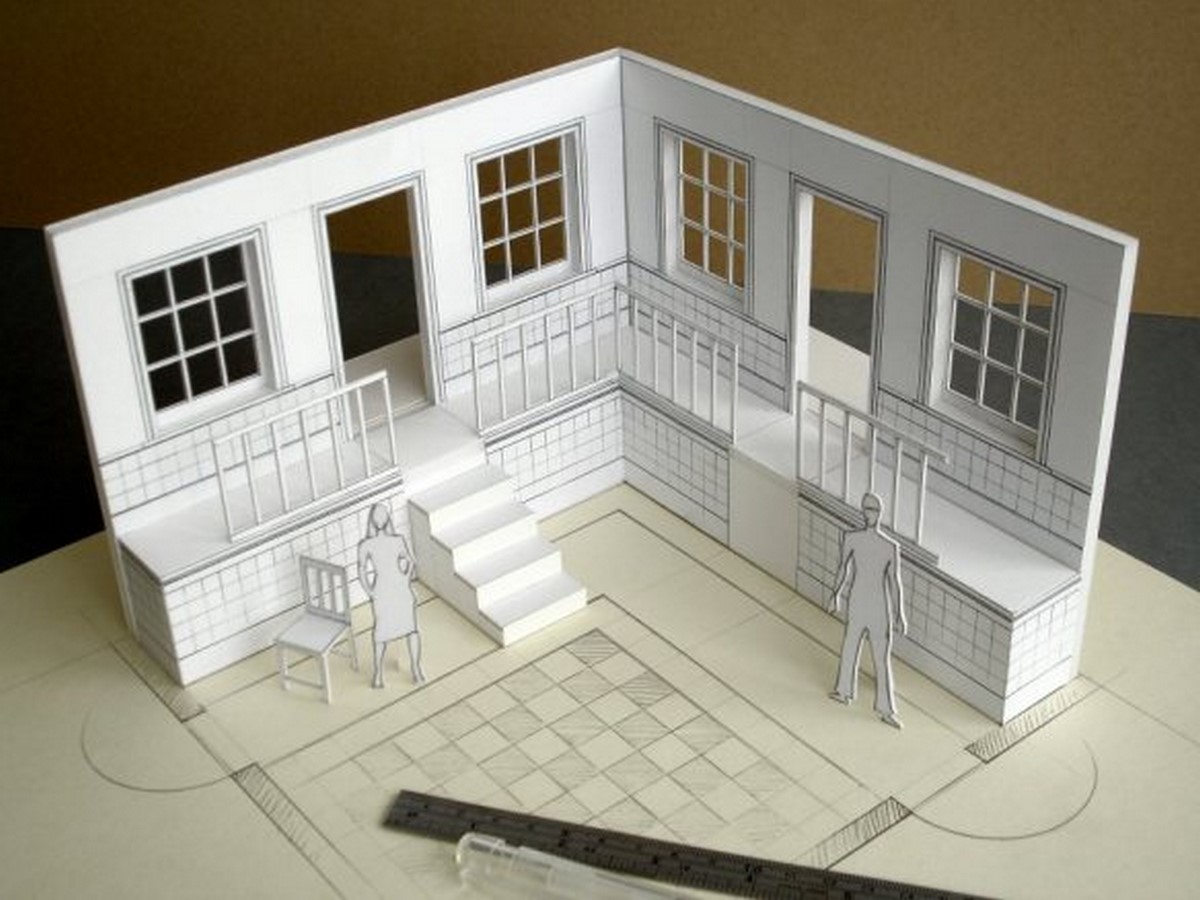
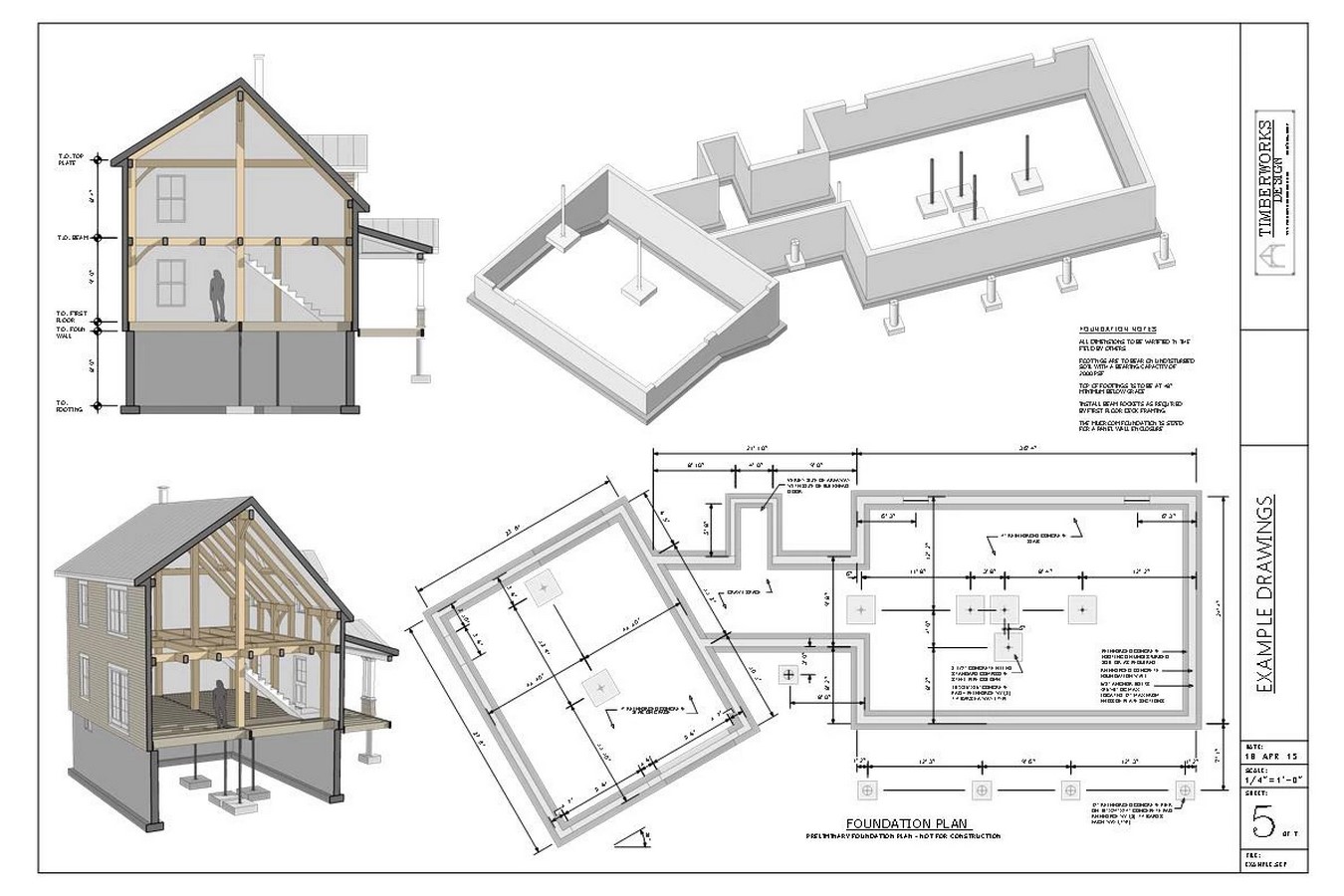
General contractors, electricians, plumbers, building inspectors, all use architectural drawings as an instructional and visual guide. Hence, it is important to ensure the drawings abide by the conventional drafting scales. Additionally, the scale must be mentioned on the drawing and should be selected such that the drawing neatly fits on the sheet.

4. Take Care of the Details | Architectural Drawing
"God is in the details."- Ludwig Mies Van Der Rohe
Details are usually the most significant aspect in explaining the textures, light, and scale of the drawing. They can represent the accessorization of a drawing such as clear dimensions, right text size, and font, annotations, decorative elements like furniture, landscape, etc. They can also mean the literal details of a building or the way the drawing is executed at multiple scales. A larger-scale representation of some parts of the drawings, known as detailed drawings, enables a clear understanding of complex construction or design.
Delicate detailing is the cornerstone of any architectural drawing and can help draw attention to various critical features of the design. It helps people perceive three-dimensional ideas through two-dimensional representations with absolute simplicity and comprehension.

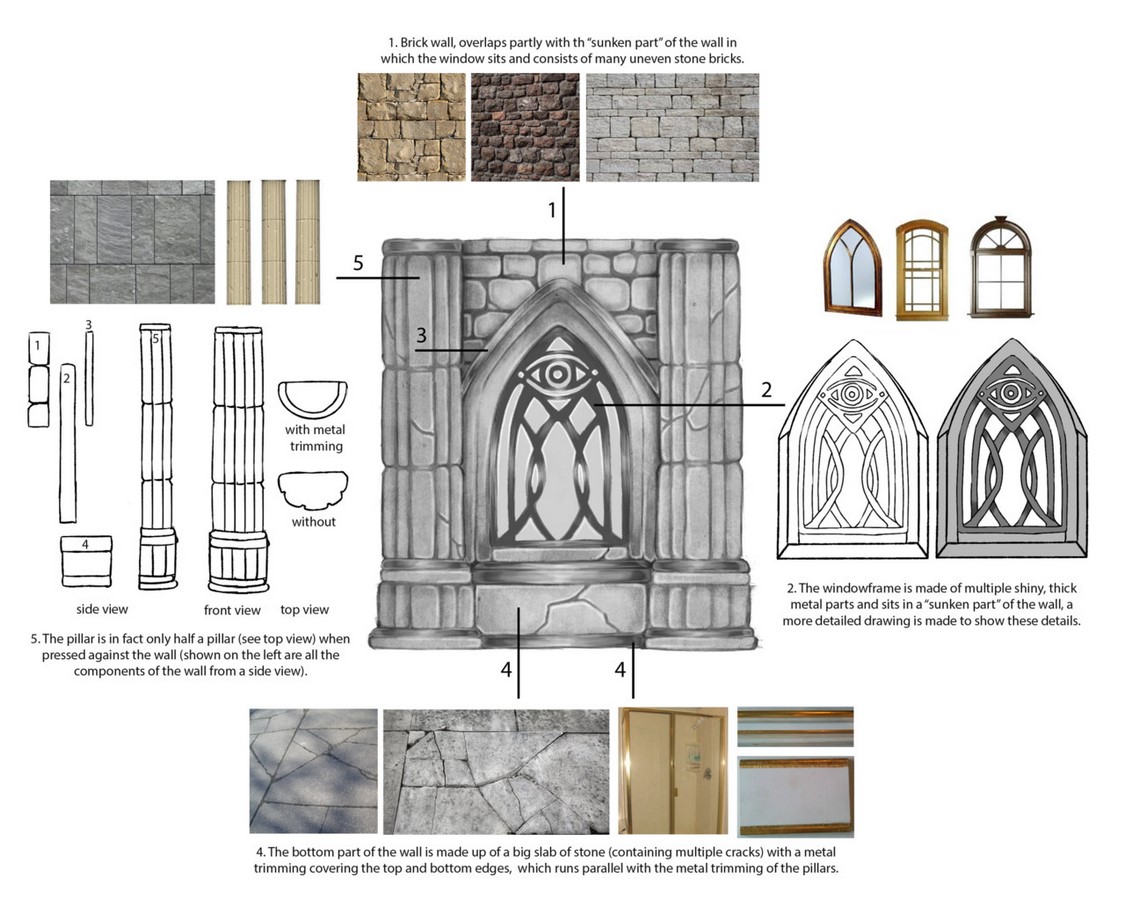
5. Create A Sheet Layout
Oftentimes, the drawings are drawn with great legibility and appropriate accuracy, but the ultimate product is not up to the mark. The composition of the numerous elements of the drawing in the final sheet is just as important as the individual drawings themselves. This is where a sheet layout comes in handy.
The success of a layout depends on the arrangement of the various components in a visual hierarchy enhancing the appearance of the particular object and the objects as a whole piece of design. The layout is extremely necessary to make the drawing functional and look attractive to the user. The correct usage of balance, proportion, sequence, emphasis, and unity of all the cohesive elements is essential to a proper layout.
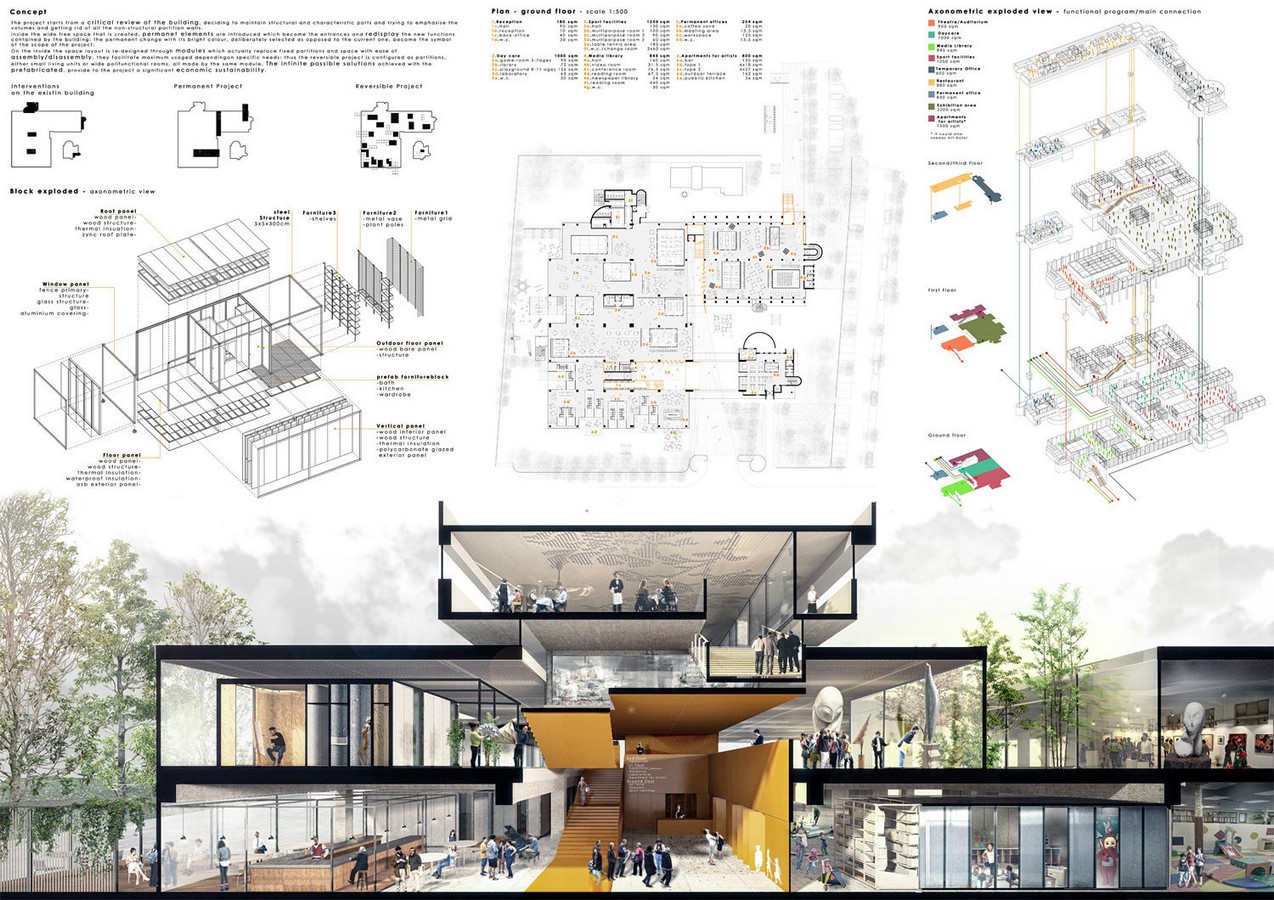


Understanding Architectural Drawings A Guide For Non Architects
Source: https://www.re-thinkingthefuture.com/rtf-fresh-perspectives/a1729-5-major-components-of-architectural-drawings-and-how-to-ace-them/
Posted by: blancharddeve1941.blogspot.com

0 Response to "Understanding Architectural Drawings A Guide For Non Architects"
Post a Comment